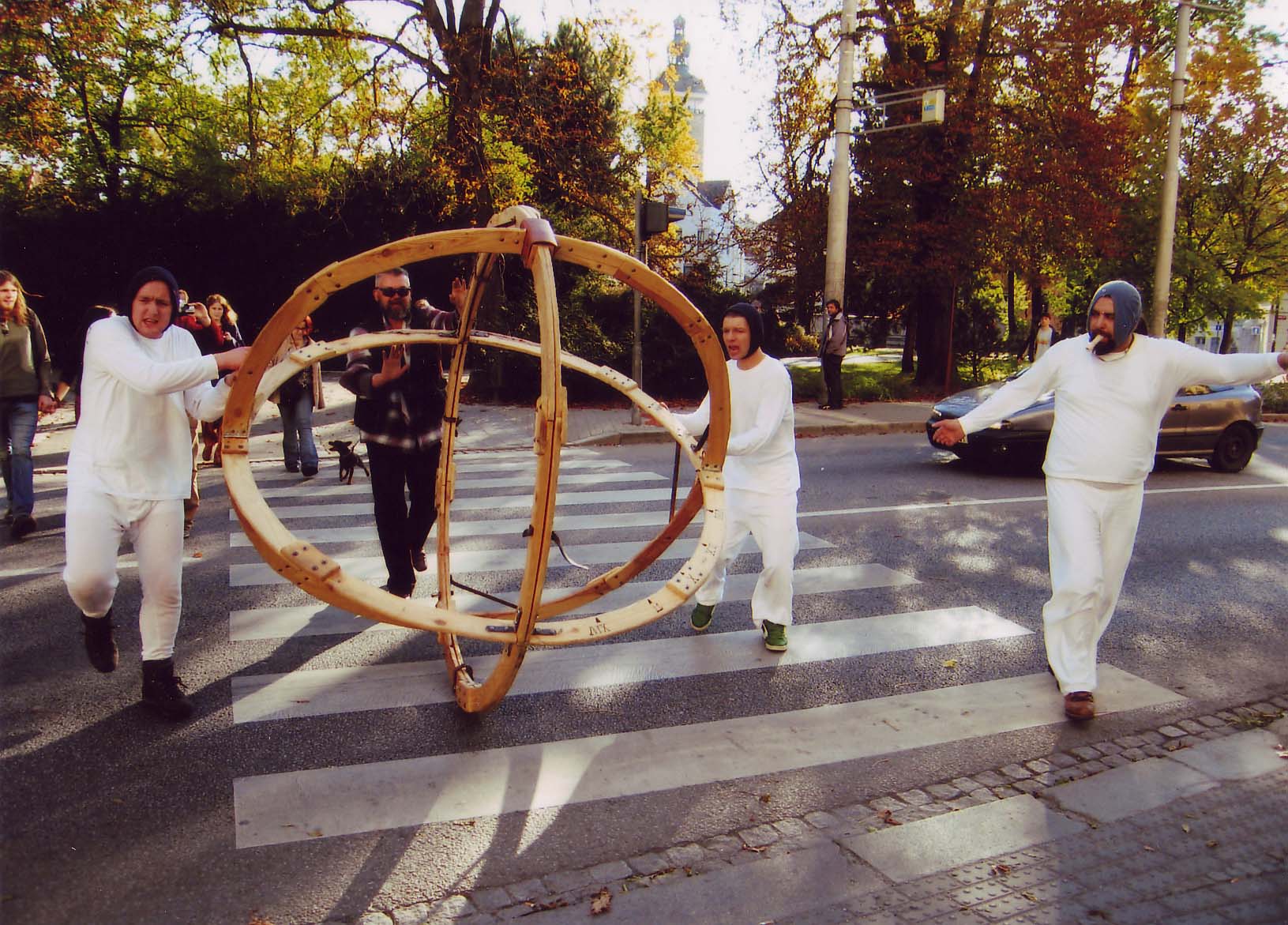Hi again

“The first image was a portrait. In classical mythology, a lovely youth named Narcissus lay beside a pool gazing in adoration at his own reflection. Ignoring the loving attention of the nymph Echo, he wasted away, died and was metamorphosed into a flower bearing his name.”
-Joanna Woodall in “Portraiture: Facing the Subject”


pieces from Salvador Dali’s “Flower Suite” collection
play this song:
with this video:
About the “Unnamed Soundsculpture”:
“The body – constant and indefinite at the same time – ‘bursts’ the space already with its mere physicality, creating a first distinction between the self and its environment. Only the body movements create a reference to the otherwise invisible space, much like the dots bounce on the ground to give it a physical dimension. Thus, the sound-dance constellation in the video does not only simulate a purely virtual space. The complex dynamics of the body movements is also strongly self-referential. With the complex quasi-static, inconsistent forms the body is ‘painting’, a new reality space emerges whose simulated aesthetics goes far beyond numerical codes.
Similar to painting, a single point appears to be still very abstract, but the more points are connected to each other, the more complex and concrete the image seems. The more perfect and complex the ‘alternative worlds’ we project (Vilém Flusser) and the closer together their point elements, the more tangible they become. A digital body, consisting of 22,000 points, thus seems so real that it comes to life again.”
that is all, good night
artists pam et jenny and salvador dali






















